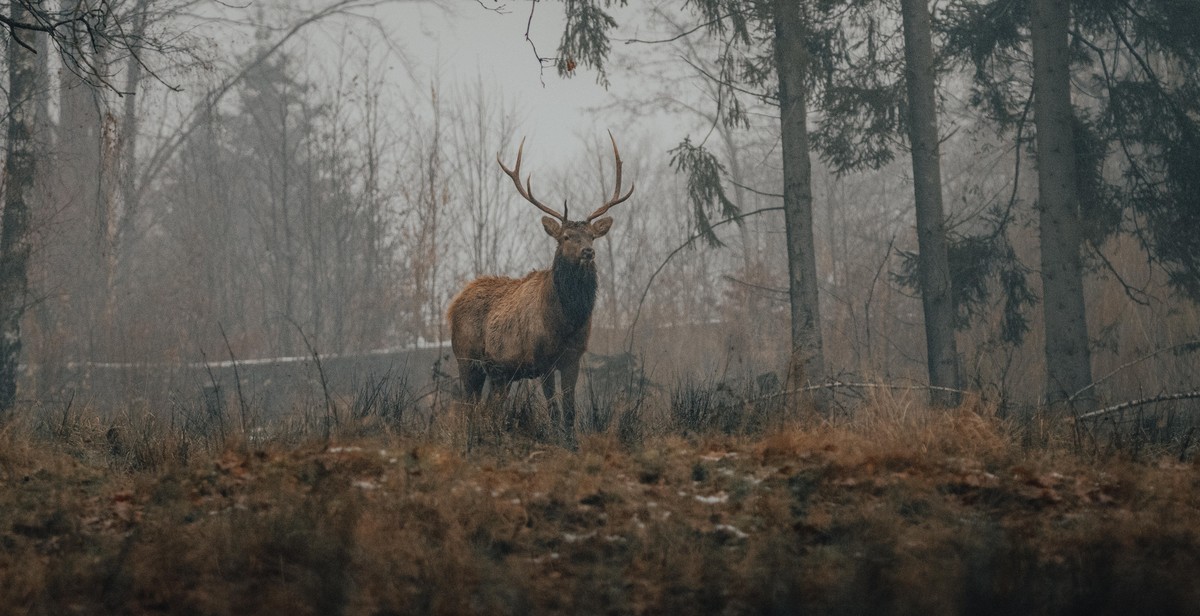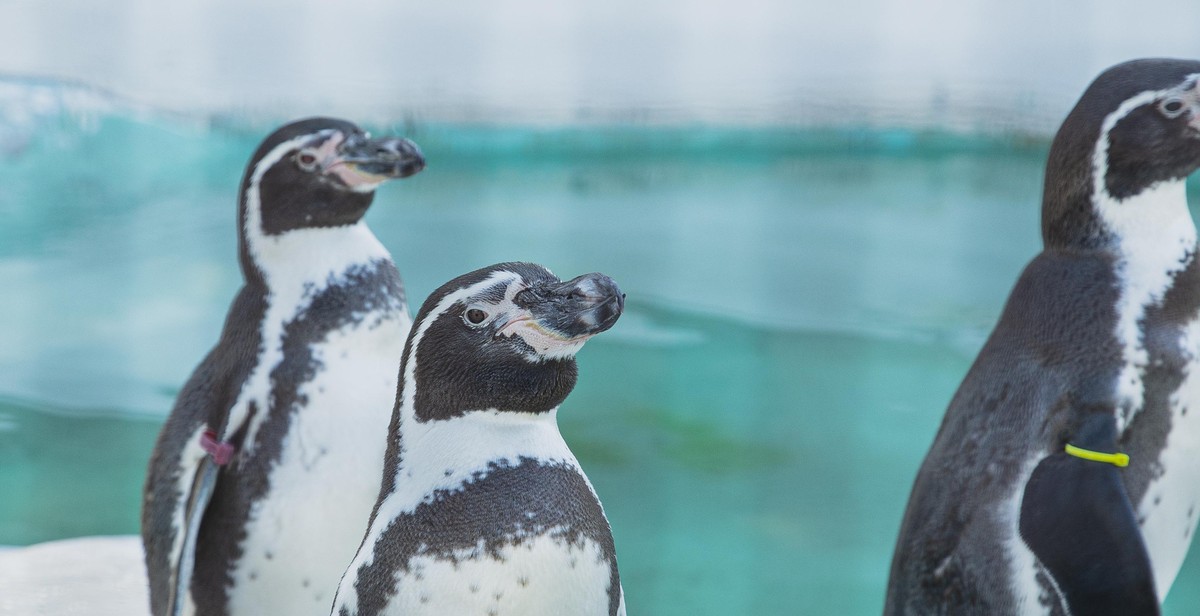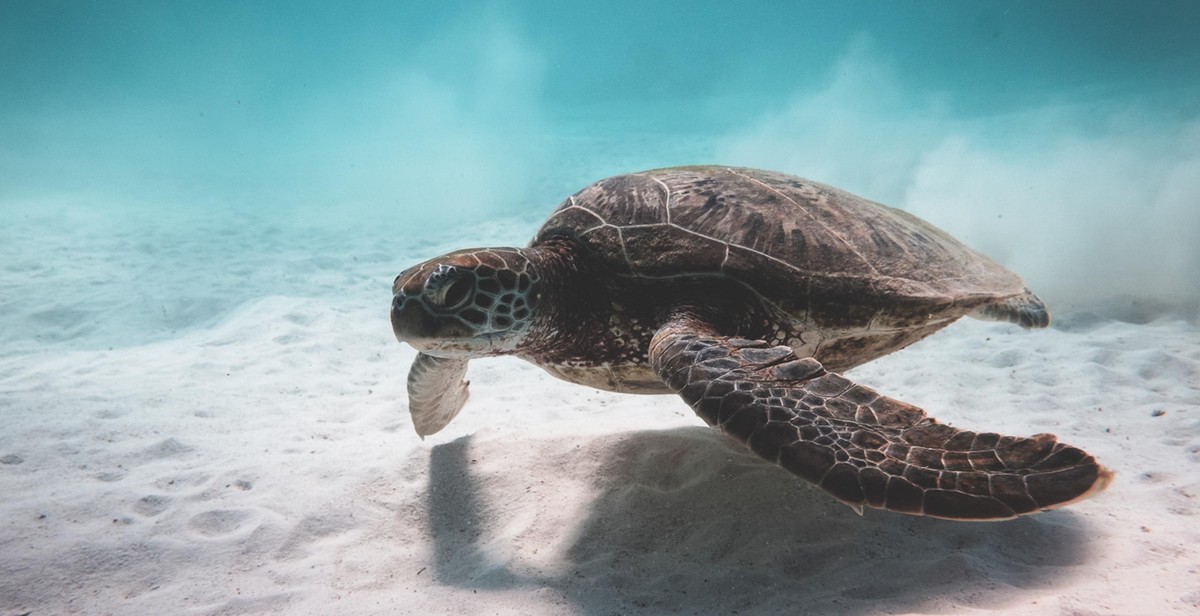The Effects of Climate Change on Wildlife
Climate change refers to the long-term changes in the Earth’s climate, including changes in temperature, precipitation, and wind patterns, among others. These changes are largely attributed to human activities such as burning of fossil fuels, deforestation, and industrialization, among others. Climate change has far-reaching effects on the environment, including wildlife.
Defining Climate Change
Climate change is a global phenomenon that affects all living organisms on Earth. It is caused by the buildup of greenhouse gases such as carbon dioxide, methane, and nitrous oxide in the atmosphere. These gases trap heat from the sun, leading to a rise in temperature, a phenomenon known as global warming. The effects of climate change are not limited to temperature changes but also include changes in precipitation patterns, sea level rise, and extreme weather events such as hurricanes and droughts.
Climate change affects all living organisms, including wildlife. As the climate changes, wildlife must adapt or face extinction. Some species are able to adapt to the changing climate, while others are not. The effects of climate change on wildlife are varied and complex, and include changes in migration patterns, breeding cycles, and food sources, among others.

The Impact of Climate Change on Wildlife
Climate change is having a significant impact on wildlife across the globe. The rising temperatures and changes in weather patterns are causing changes in habitat, migration patterns, reproduction and breeding, and food availability, all of which are affecting the survival of various species.
Changes in Habitat
The warming of the planet is causing significant changes in habitat for many species. For example, the melting of the Arctic ice is causing polar bears to lose their hunting grounds, and the bleaching of coral reefs is causing damage to the marine ecosystem. As habitats change, species are forced to adapt or face extinction.
Changes in Migration Patterns
Climate change is also causing changes in migration patterns for many species. As temperatures rise, birds and other animals are moving further north to find cooler temperatures. This shift in migration patterns can have a significant impact on ecosystems, as animals may not be able to find the resources they need to survive in new areas.
Changes in Reproduction and Breeding
The changing climate is also affecting the reproduction and breeding patterns of many species. Some animals are breeding earlier in the year, while others are breeding later. This can cause a mismatch between when food is available and when young animals need it, leading to reduced survival rates.
Changes in Food Availability
Climate change is also affecting the availability of food for many species. For example, as the oceans warm, fish populations are moving to cooler waters, affecting the food sources of many marine animals. This can have a ripple effect throughout the ecosystem, as predators may not be able to find enough food to survive.
| Climate Change Impact | Examples |
|---|---|
| Changes in Habitat | Loss of hunting grounds for polar bears due to melting of Arctic ice |
| Changes in Migration Patterns | Birds moving further north to find cooler temperatures |
| Changes in Reproduction and Breeding | Animals breeding earlier or later in the year |
| Changes in Food Availability | Marine animals affected by fish populations moving to cooler waters |
Overall, the impact of climate change on wildlife is significant and far-reaching. It is important that we take action to reduce our carbon footprint and protect the habitats of vulnerable species in order to mitigate the effects of climate change and ensure the survival of these animals for future generations.

Examples of Species Affected by Climate Change
Climate change has already had a significant impact on wildlife around the world. Here are some examples of species that have been affected:
Polar Bears
Polar bears rely on sea ice to hunt for food and raise their young. However, as the Arctic sea ice melts due to rising temperatures, polar bears are losing their habitat and struggling to find food. This has led to a decline in their population, with some estimates predicting that two-thirds of polar bears could disappear by 2050.
Penguins
Penguins depend on the cold, nutrient-rich waters of the Southern Ocean to survive. However, as the ocean warms, the penguins’ food supply is decreasing, making it harder for them to feed their chicks. Some species of penguins, such as the Adélie penguin, have already experienced significant declines in population.
Coral Reefs
Coral reefs are incredibly sensitive to changes in water temperature and acidity. As oceans warm and become more acidic due to increased carbon dioxide in the atmosphere, coral reefs are experiencing bleaching events, where the coral expels the algae that lives inside it and provides it with food. This can lead to the death of the coral, which in turn affects the many species that rely on it for food and shelter.
Birds
Birds are highly sensitive to changes in temperature and weather patterns. Many species are experiencing changes in their migration patterns, breeding times, and ranges as the climate changes. Some bird species, such as the common redstart, have also experienced declines in population due to the loss of their preferred habitat.
Butterflies
Butterflies are also sensitive to changes in temperature and weather patterns. Some species are emerging earlier in the year, while others are declining in population due to the loss of their preferred habitat. For example, the monarch butterfly has seen a significant decline in population due to the loss of milkweed plants, which are essential for their survival.
Mammals
Many mammals are facing challenges due to climate change. For example, the American pika, a small mammal that lives in mountainous areas, is losing its habitat as temperatures rise and snowpacks decrease. The Arctic fox is also facing challenges due to the loss of sea ice, which affects its hunting and breeding patterns.
Fish and Marine Life
As ocean temperatures and acidity levels change, many species of fish and other marine life are struggling to survive. For example, the Atlantic cod has seen a significant decline in population due to warming ocean temperatures. Similarly, oysters and other shellfish are struggling to build their shells in more acidic waters.
| Species | Impact of Climate Change |
|---|---|
| Polar Bears | Loss of habitat and food sources |
| Penguins | Loss of food sources |
| Coral Reefs | Bleaching and death |
| Birds | Changes in migration patterns and breeding times, loss of habitat |
| Butterflies | Changes in emergence times, loss of habitat |
| Mammals | Loss of habitat and food sources |
| Fish and Marine Life | Loss of habitat and food sources, difficulty building shells |
These are just a few examples of the many species that are being affected by climate change. It’s clear that urgent action is needed to mitigate the impact of climate change and protect our planet’s wildlife.

Conservation Efforts to Protect Wildlife from Climate Change
The effects of climate change on wildlife are becoming increasingly evident, with rising temperatures, changing precipitation patterns, and more frequent extreme weather events. In response, conservation efforts are being implemented around the world to protect wildlife and their habitats from the impacts of climate change.
Creating Protected Areas
One of the most effective ways to protect wildlife from climate change is to establish protected areas. These areas provide a safe haven for wildlife and allow them to adapt to changing conditions. Protected areas can also serve as a buffer against the effects of climate change, such as sea level rise and increased storm surge. In addition to protecting wildlife, these areas can also provide recreational opportunities for people and contribute to the local economy.
Reducing Carbon Emissions
Reducing carbon emissions is another key strategy in protecting wildlife from climate change. Carbon emissions are the primary cause of global warming, which is disrupting ecosystems and threatening the survival of many species. By reducing carbon emissions, we can slow the rate of climate change and give wildlife more time to adapt. This can be achieved through a variety of measures, such as transitioning to renewable energy sources, improving energy efficiency, and promoting sustainable transportation.
Restoring Habitat
Restoring habitat is also an important conservation effort in protecting wildlife from climate change. Many species rely on specific habitats for survival, and these habitats are being threatened by climate change. By restoring degraded habitats, we can provide critical habitat for wildlife and help them adapt to changing conditions. This can include restoring wetlands, planting trees, and removing invasive species.
Preserving Biodiversity
Finally, preserving biodiversity is essential in protecting wildlife from climate change. Biodiversity provides a buffer against the impacts of climate change and allows ecosystems to adapt to changing conditions. By protecting a variety of species and their habitats, we can ensure that ecosystems remain healthy and resilient in the face of climate change. This can be achieved through a variety of measures, such as protecting endangered species, promoting sustainable land use practices, and reducing pollution.
Conclusion
Overall, conservation efforts are critical in protecting wildlife from the impacts of climate change. By creating protected areas, reducing carbon emissions, restoring habitat, and preserving biodiversity, we can help ensure that wildlife can adapt and thrive in a changing climate.

Conclusion
Climate change is a global issue that has far-reaching effects on wildlife. The changing temperatures, rising sea levels, and extreme weather conditions are putting immense pressure on different species, causing them to adapt or perish. The effects of climate change on wildlife are already evident, and they will continue to worsen if we do not take action.
The Importance of Conservation Efforts
Conservation efforts are crucial in mitigating the effects of climate change on wildlife. The protection and restoration of habitats, reduction of greenhouse gas emissions, and the implementation of sustainable practices are some of the ways that can help conserve wildlife and their habitats.
The Role of Governments and Individuals
Governments and individuals have a significant role to play in addressing climate change and its effects on wildlife. Governments can enact policies and regulations that promote sustainable practices and reduce greenhouse gas emissions. Individuals can make small changes in their daily lives, such as reducing energy consumption, using public transportation, and supporting environmentally friendly products and services.
The Need for Collaboration
Collaboration between governments, organizations, and individuals is crucial in addressing the effects of climate change on wildlife. By working together, we can create a sustainable future for wildlife and our planet.
| Key Takeaways |
|---|
|
In conclusion, the effects of climate change on wildlife are a cause for concern. However, with the right conservation efforts, government policies, and individual actions, we can create a sustainable future for wildlife and our planet.
